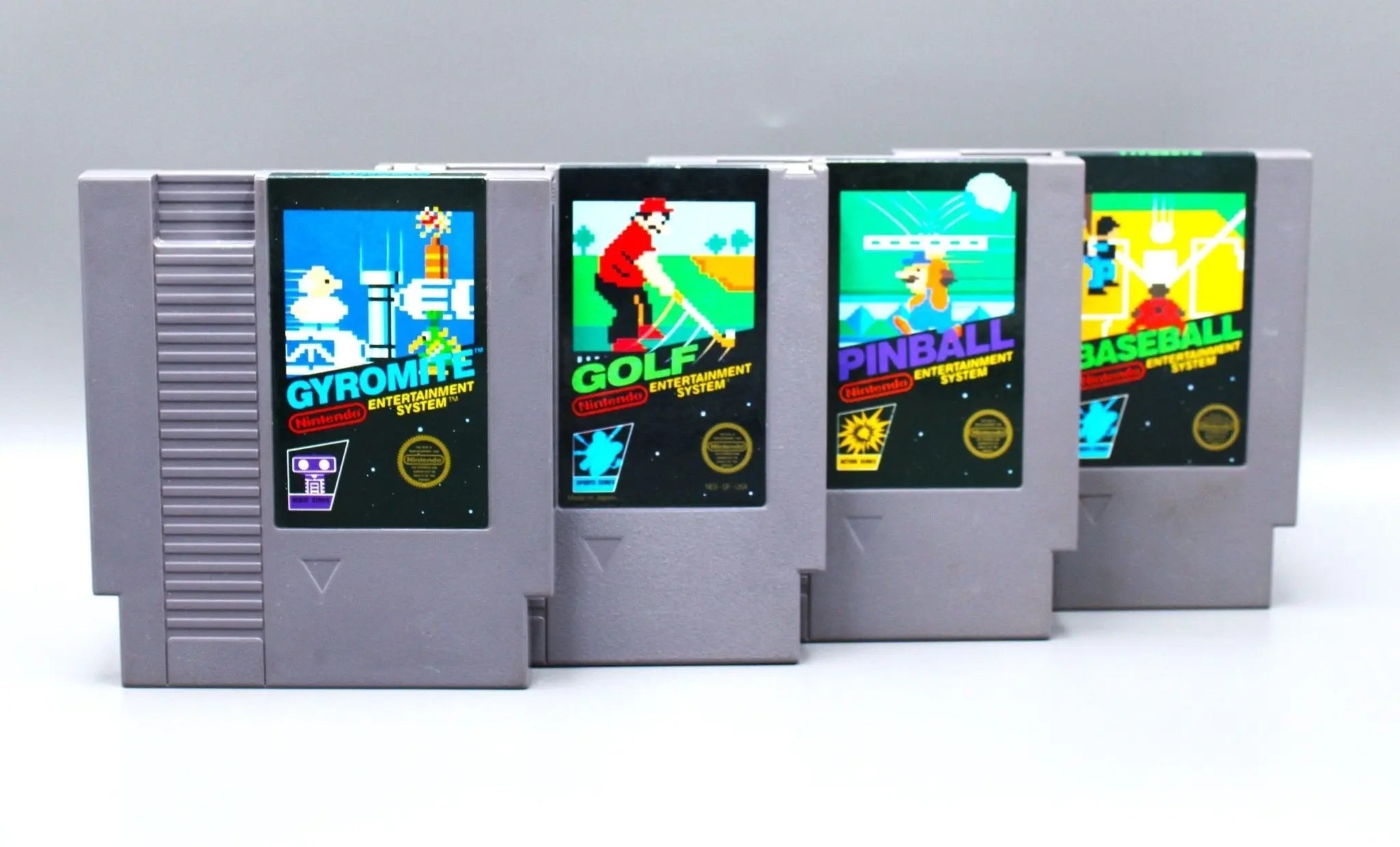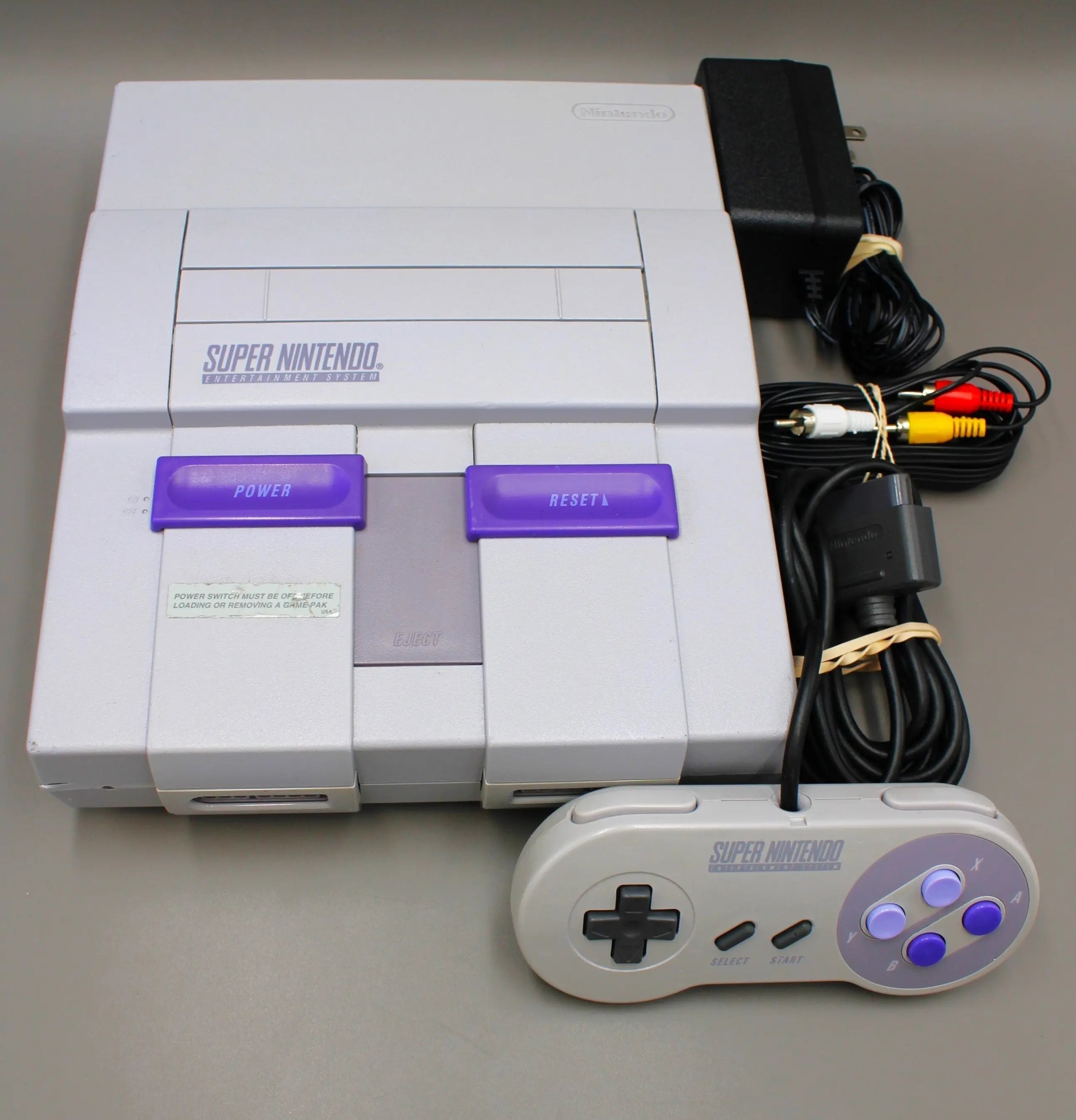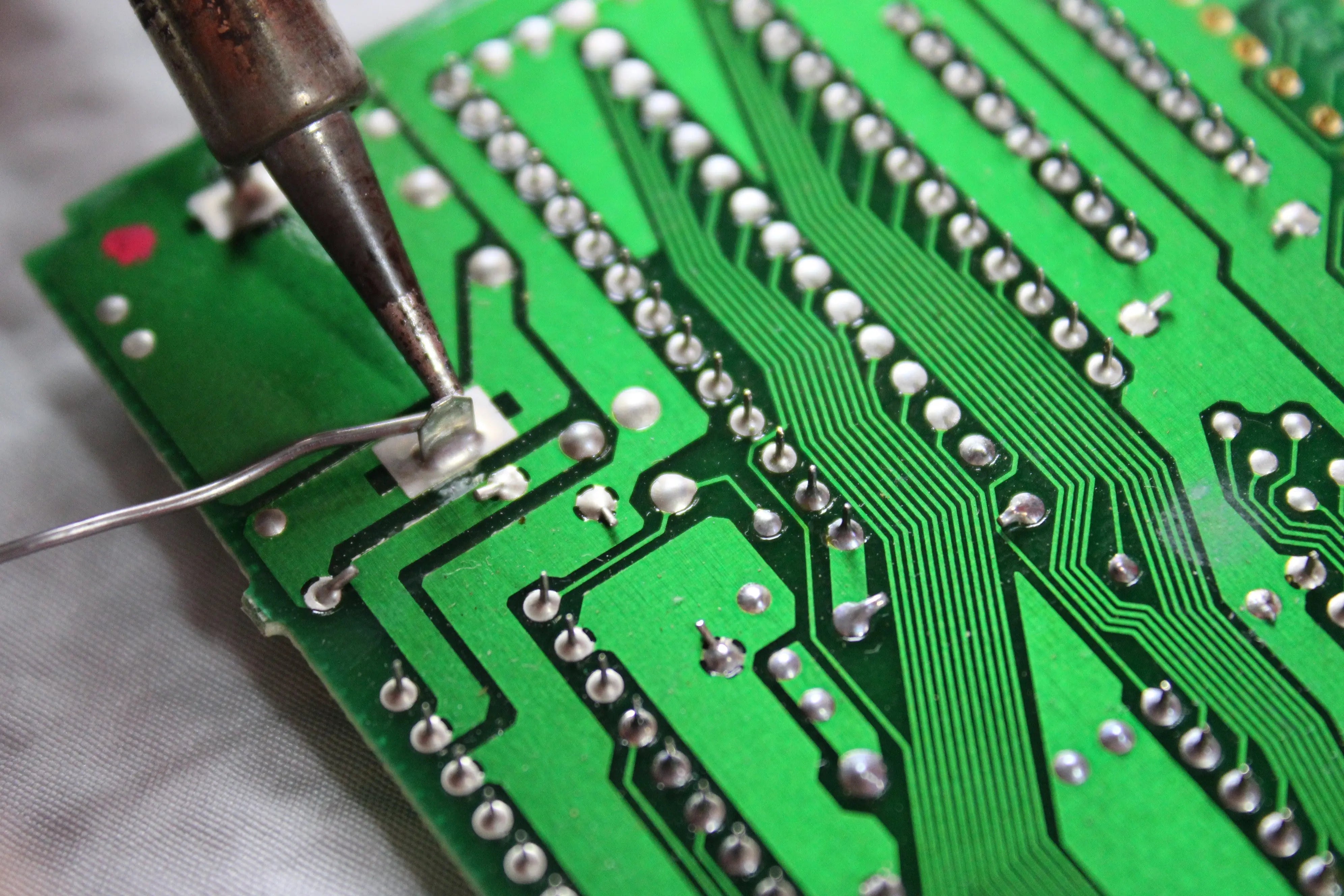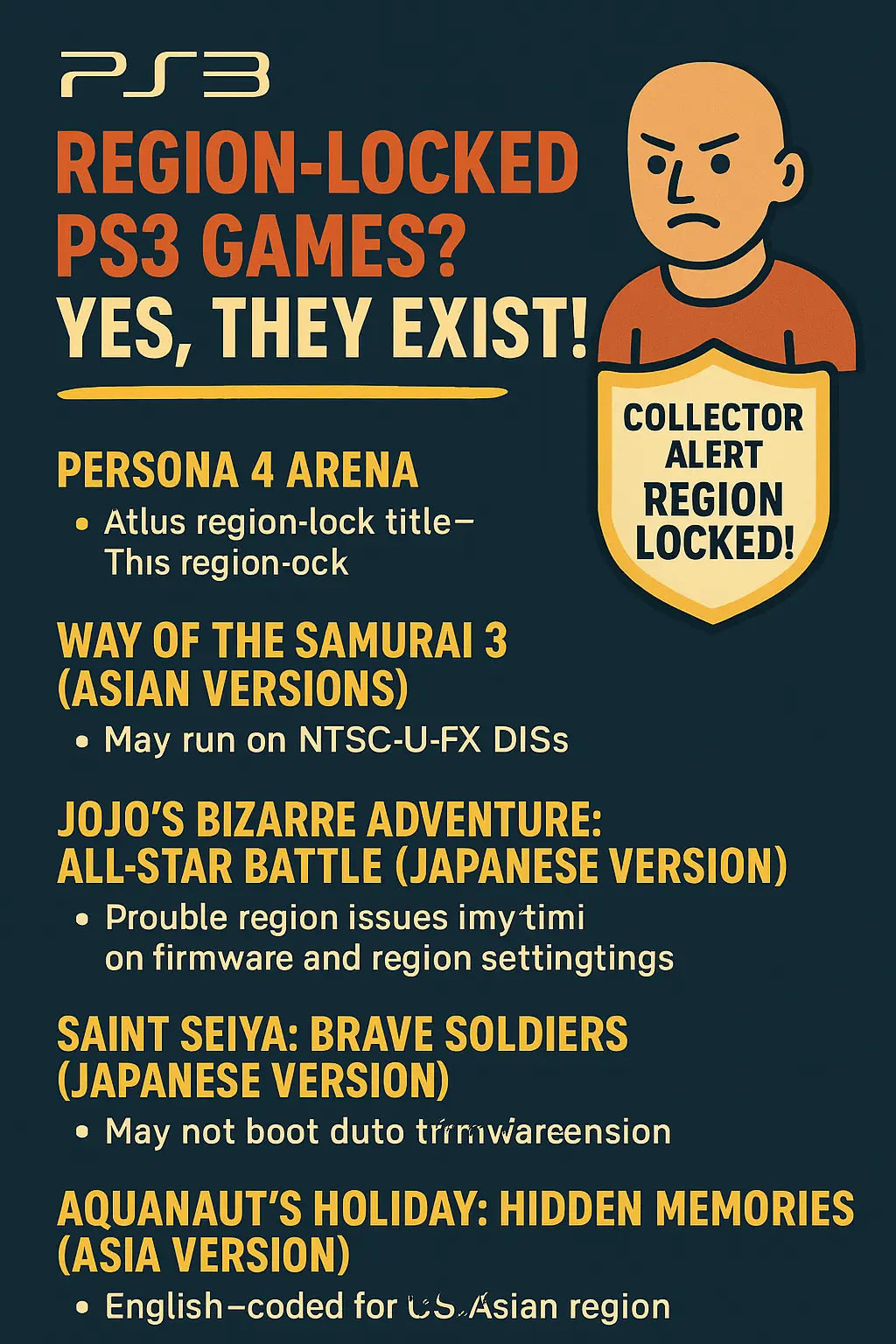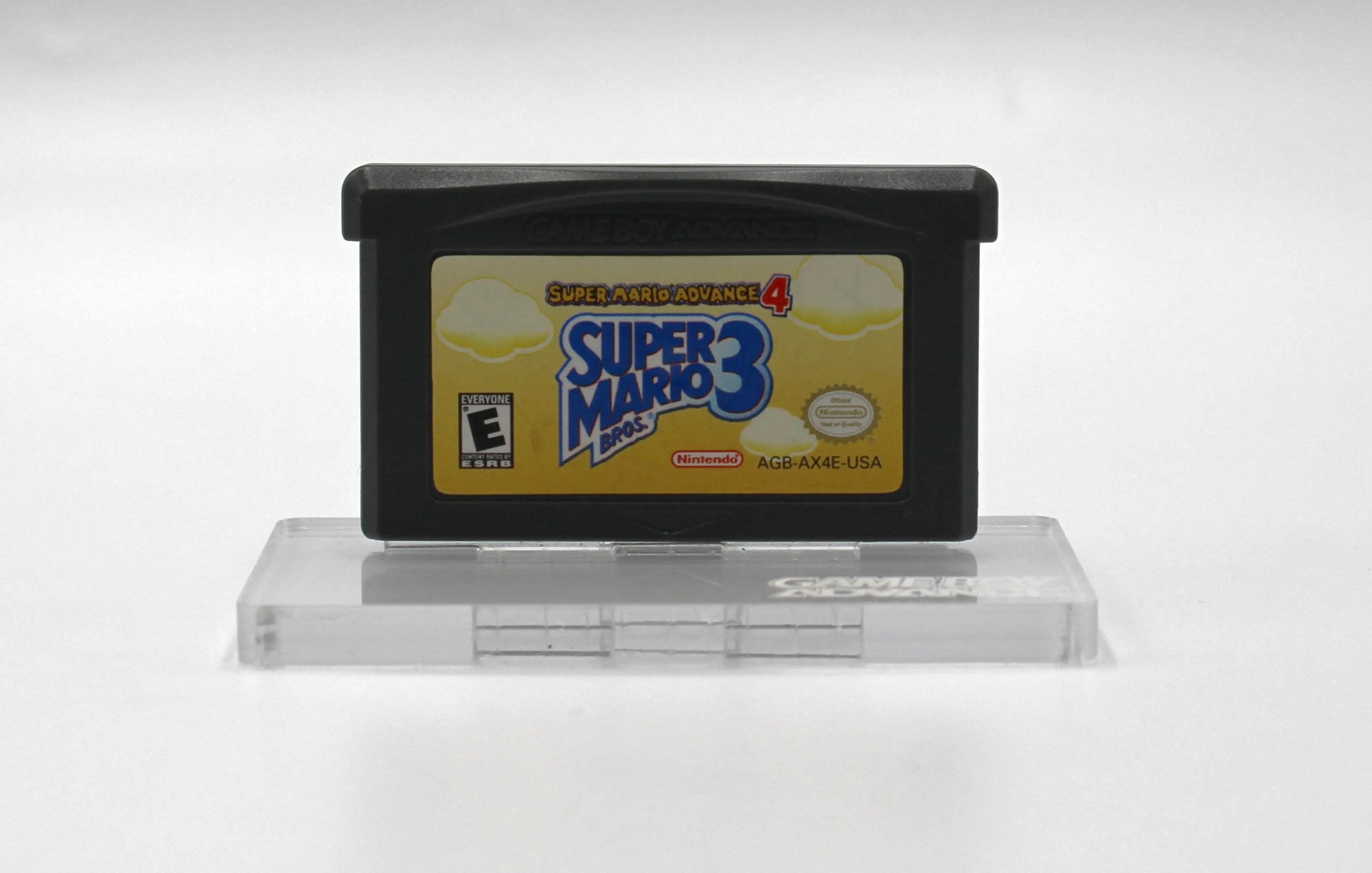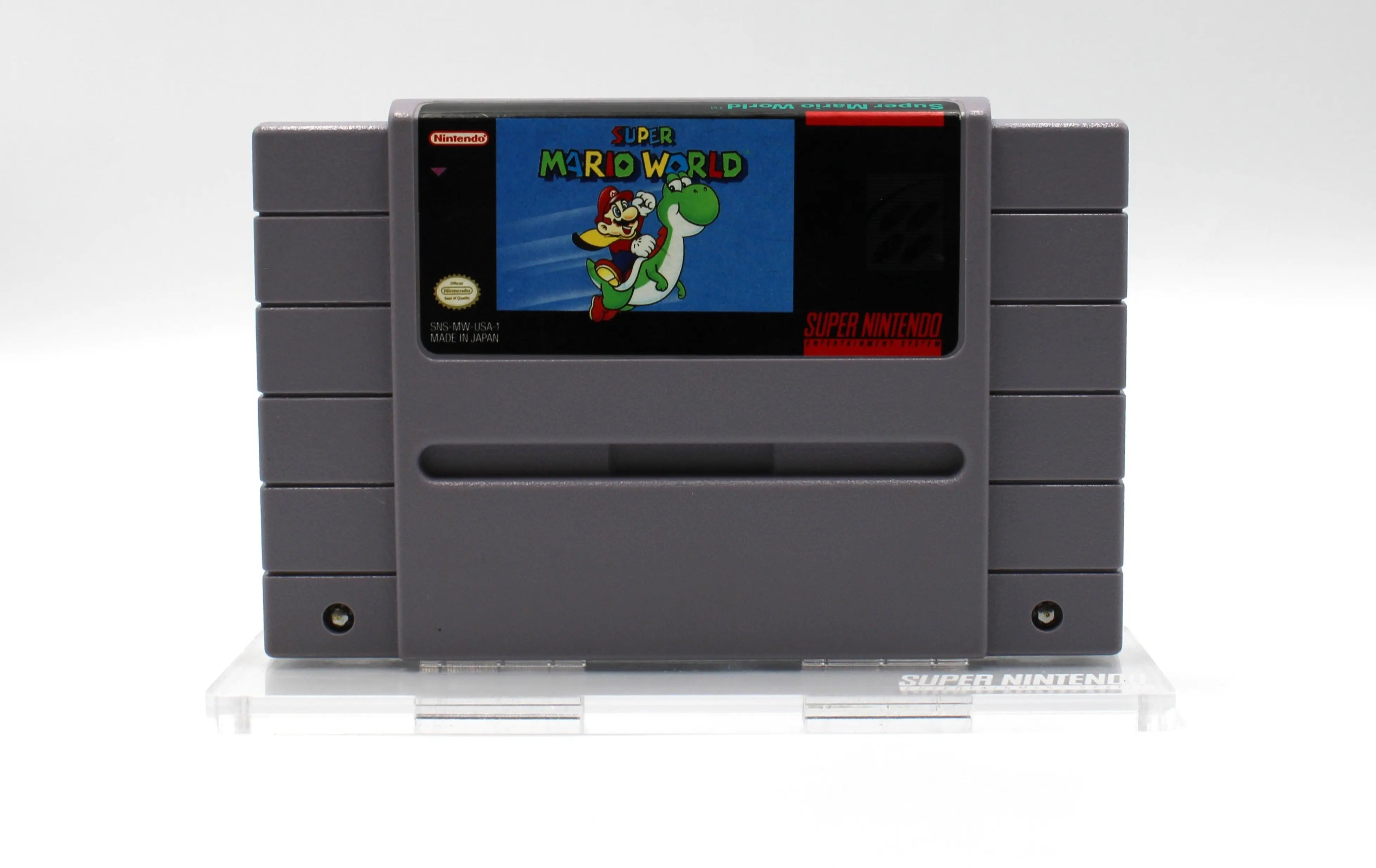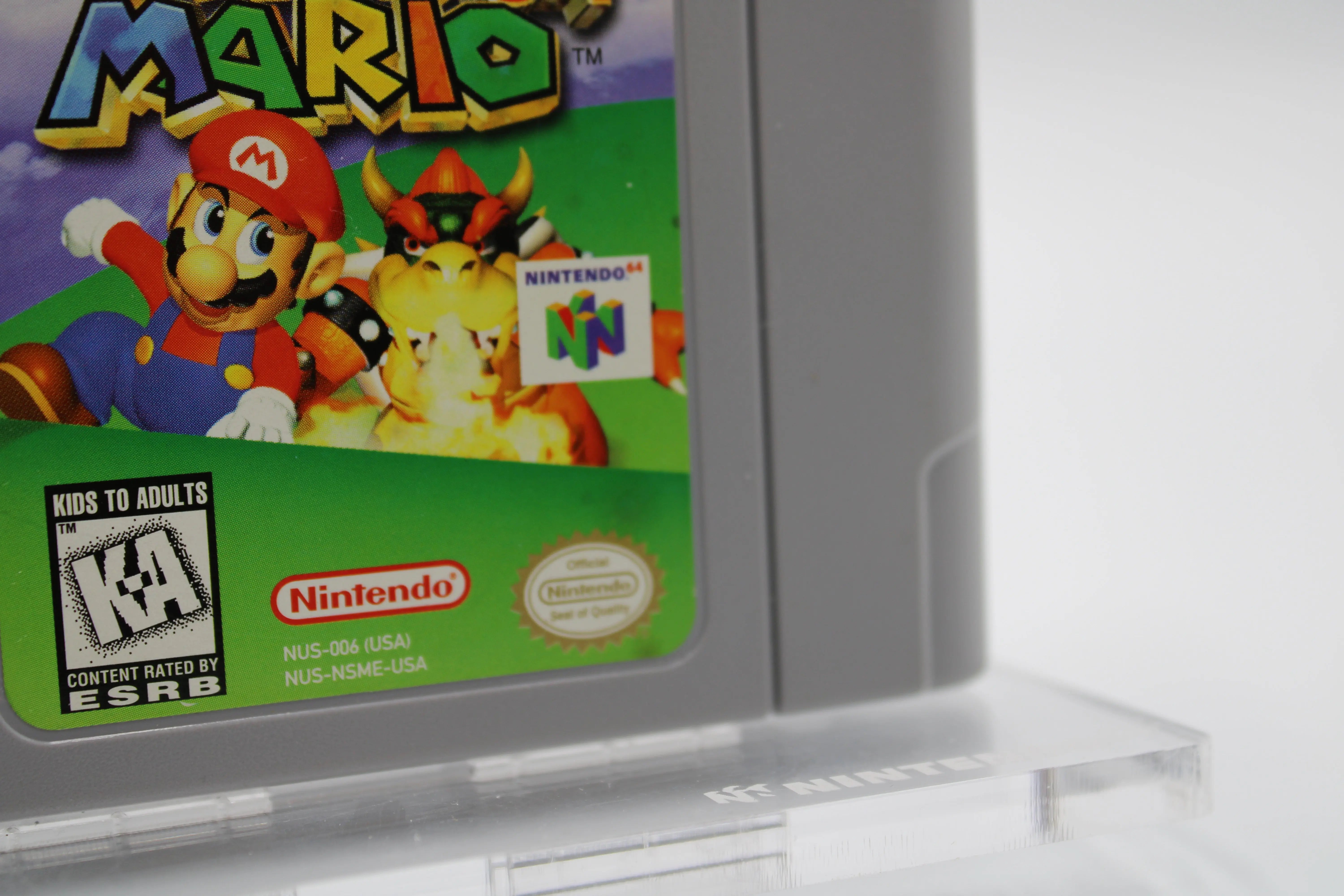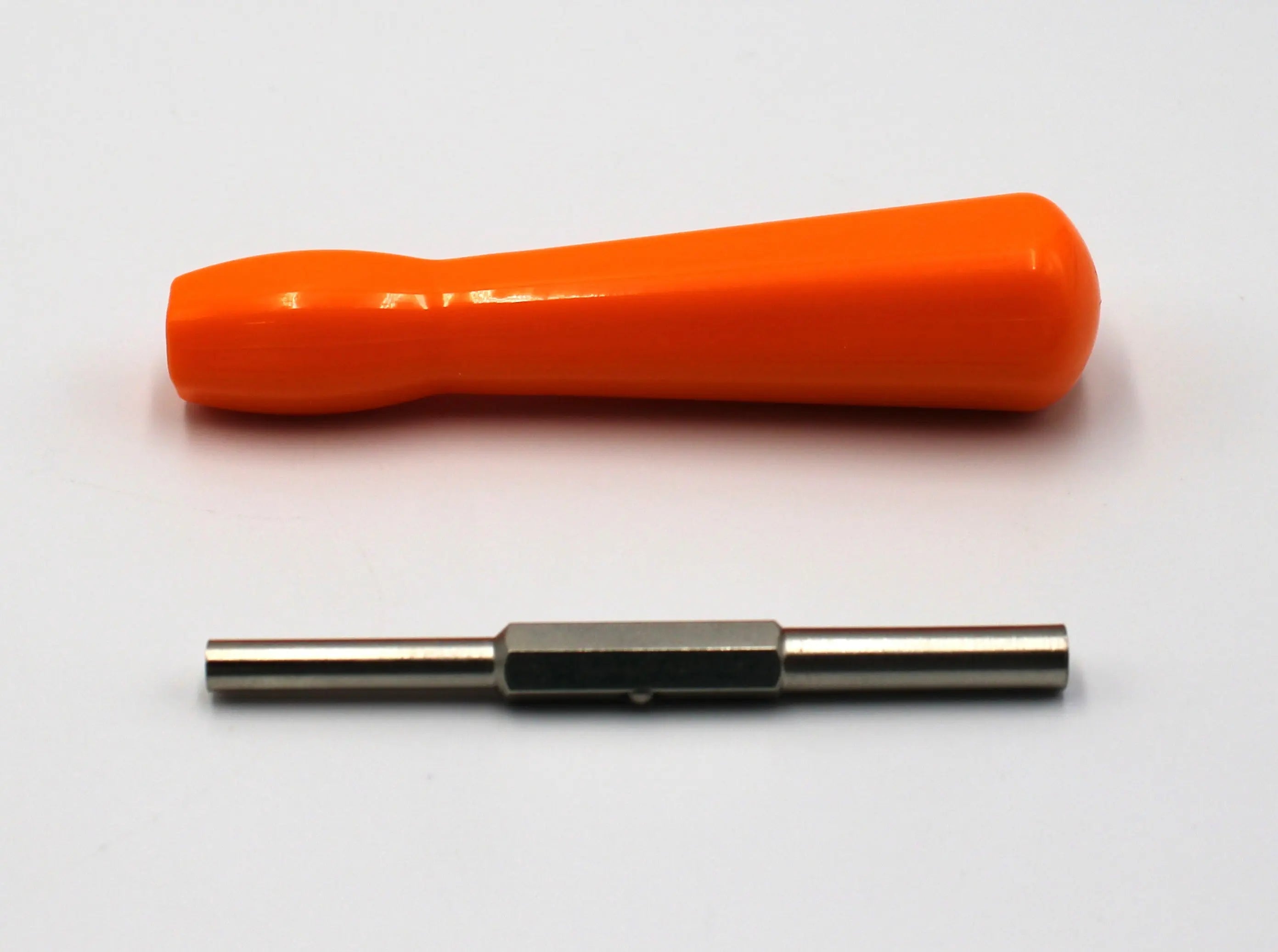A List of Sony PS3 Video Games that are Region Locked - Oooh with Pictures!
When the Sony PlayStation 3 launched back in 2006 (yes, two zero zero six - Feel old yet?), it set itself apart—not just with HD graphics and Blu-ray movies, but with something collectors still love: region-free physical games.
Most PS3 titles work on any console, whether you bought them in Japan, Europe, or the U.S. But surprise—there’s a very short list of PS3 games that are region-locked, meaning they won’t work on an NTSC-U (North American) system if imported from certain regions.
Here’s a breakdown of games that could trip up (yes, I said trip up) import collectors 👇
What and Where Is a Nintendo Product Code for GBA Games? (With Super Mario Advance 4 Example)
Discover how to read Nintendo product codes for Game Boy Advance (GBA) games. Using Super Mario Advance 4, learn how to identify authentic GBA cartridges by title, region, and more.
What Are Nintendo Product Codes?
Nintendo product codes are unique identifiers used for GBA games to distinguish titles and regions. Found on the cartridge label, game box, and manuals, these codes are particularly helpful for collectors and retro gaming enthusiasts.
GBA Product Code Format
The product code for every official GBA game follows this format:
AGB-XXXX-XXX
- AGB = Advanced Game Boy (Nintendo's internal codename for the GBA). Is it that "internal" when they named the first GBA handheld AGB-001? Hmmm
- XXXX = A four-letter game identifier, usually an abbreviation of the title.
- XXX = A three-letter region code (USA, EUR, JPN, etc.).
Example: Super Mario Advance 4 Product Code
Let’s look at the product code for Super Mario Advance 4: Super Mario Bros. 3 (North American version):
AGB-AA4E-USA
- AGB = Advanced Game Boy
- AX4E = The unique code for Super Mario Advance 4
- USA = North Am
Where is the Nintendo Product Code on a SNES Video Game Cartridge?
The Nintendo product code for SNES cartridges typically follows this format:
SNS-XXXX-XXX
Here’s the breakdown:
-
SNS = Super Nintendo System (denoting it’s a Super Nintendo game).
-
XXXX = A 2 to 4-letter unique identifier for the specific game (often an abbreviation of the title).
-
XXX = Region code (commonly USA, CAN, EUR, JPN, etc.).
Example:
-
SNS-SM-USA → For Super Mario World (North American release).
-
SNS = Super Nintendo System
-
SM = Super M Collectors and retro enthusiasts often use these codes to verify authenticity, identify regional versions, or spot re-releases!
-
What and Where is the Nintendo Product Code on an N64 Game Cartridge?
A Nintendo product code for an N64 game is a unique identifier printed on the cartridge label and box, used to catalog and differentiate each title. This wasn’t the first time Nintendo implemented this code and PlayStation also does this with their SCUS, SLUS, and BLUS, but that’s a different blog! 😊
It typically follows a specific format as follows:
NUS-XXXX-XXX
- NUS = Stands for "Nintendo Ultra 64" (the original code name for the Nintendo 64).
- XXXX = A four-letter code representing the game's title.
- XXX = A three-letter regio
Where can I buy and sell authentic, quality retro video games and consoles online?
my love for video games started young! The first system that was truly mine was the Sony PlayStation 2 slim. I got older and played other systems and started getting more and more into games. I got hit with the “gaming bug.” Before Facebook Marketplace, the place to find video games was Craigslist. There weren’t many places to buy the “older” games. People always wanted to sell everything in a lot which is understandable when it comes to cherry picking. But… I kept getting duplicates! I started to trade them in at a game store eventually, but often times, I would get non-working games, but at their volume size, I understood. Finally.. here are clickable links to the other sites I have listed.
What is the 4.5mm and 3.8mm Gamebit Screwdriver Needed to Disassemble Retro Video Game Cartridges?
When it comes to retro gaming, whether you're a collector, someone who loves to repair and restore old gaming cartridges or you simply just want to see what the inside of a retro video game cartridge looks like, then understanding the tools required to disassemble these games is essential. One of the most crucial tools in your gaming kit when dealing with classic game carts such as, but not limited to, the Nintendo NES, SNES, and the Sega Genesis is the Gamebit screwdriver. These specialized tools are designed to handle the unique screws used in these systems, particularly the 3.8mm and 4.5mm variants. These games aren’t getting any younger and if you want to really get in and clean those dirty carts or just study a board, then let’s educate ourselves on the gaming bit required to disassemble those bad boys!
Dude… What Are Gamebit Screws?
Gamebit screws are distinctive, five-pointed screws used in many retro gaming cartridges. Their unique shape is designed to prevent tampering and unauthorized repairs, making them a pain for anyone trying to disassemble these devices without the right tools. Remember, Amazon didn’t have cheap and super-fast shipping back when this preventative measure was first implemented. Although, back in the 80s and 90s, people still got their hands on these bits and would sometimes switch out the boards in game cartridges from the video rental store. Remember those? To open up these game cartridges, you need a 3.8mm or 4.5mm Gamebit screwdriver... most of the time. We’ll dive deeper. However, these sizes are the most common for accessing the internal cartridge components safely and effectively

